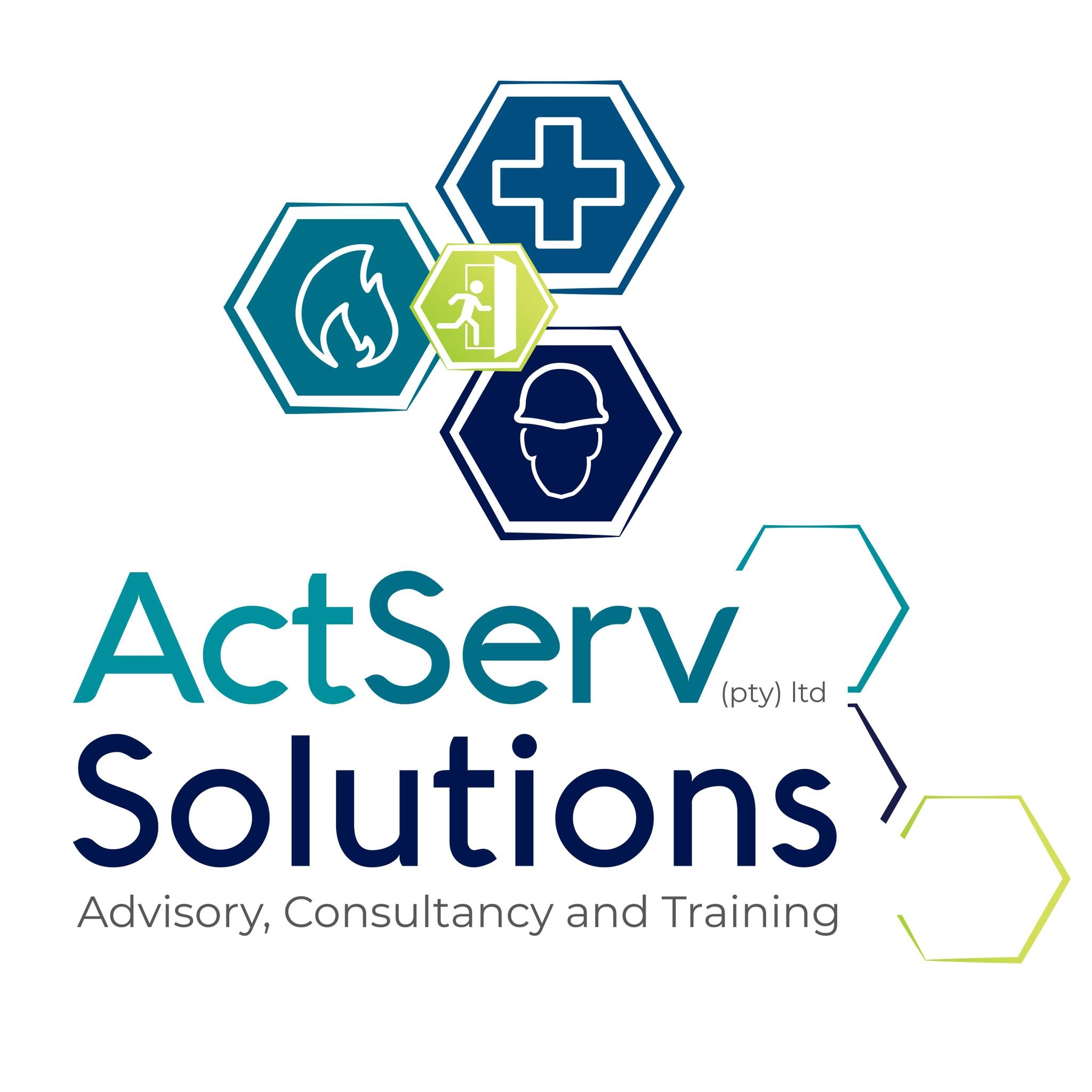One of the primary objectives of the Occupational Health and Safety (OHS) Act 85 of 1993 and its regulations is to create a healthy, safe and prepared working environment for all.

One of the primary objectives of the Occupational Health and Safety (OHS) Act 85 of 1993 and its regulations is to create a healthy, safe and prepared working environment for all.
Doing so assist in preventing injuries and illness to employees, damages to company assets such as equipment and property and also not cause unnecessary damage to our environment.
This can be achieved by identifying the hazards, assessing their risks and formulating a health and safety risk reduction management plan, to effectively implement effective controls to address, reduce the hazards and to try and eliminate them altogether.
If the hazard is slight or has a low-risk rating, it could also be mitigated or accepted by management. Risk assessments are a skill that has to be learned and our course provides candidates with good knowledge and the necessary skills to conduct a risk assessment in the workplace.
There are many references made to hazard identification or risk assessment in the OHS Act and its regulations. Below are a few examples:
Performing risk assessments is not about creating endless amounts of paperwork, but rather together identifying, measures and control risks in the working environment. We suggest that the health and safety representatives and management attend the training in hazard identification risk assessments.
Course Modules:
ActServ Solutions (Pty) LTD strives to provide clients with quality service, training solutions, efficient communication, transparency and long term commitment at realistic and affordable prices.
The business owner Marilize Coetzee has been in the industry for more than a decade working up the ranks until she became a National Key Account Manager for Action Training Academy.
Marilize joined Action Training Academy (ATA) in 2008 and started off as an Administrator Coordinator/Sales Executive at the Fire Servicing division (Servicing of Fire Equipment and Equipment Supply), in 2011 Marilize was promoted to PA of the Managing Director/ Key Account Manager and started working closely with all the “blue chip” training clients of ATA, she acquired skills in and around sales, management, health and safety consulting, new business development, health & safety compliance and training services.
In 2015 Marilize was promoted to a National Key Account Manager and left Action Training Academy/NOSA later in 2017 where she started ActServ Solutions Pty (LTD).
© 2025 coursetakers.com All Rights Reserved. Terms and Conditions of use | Privacy Policy